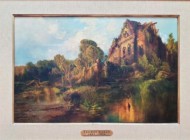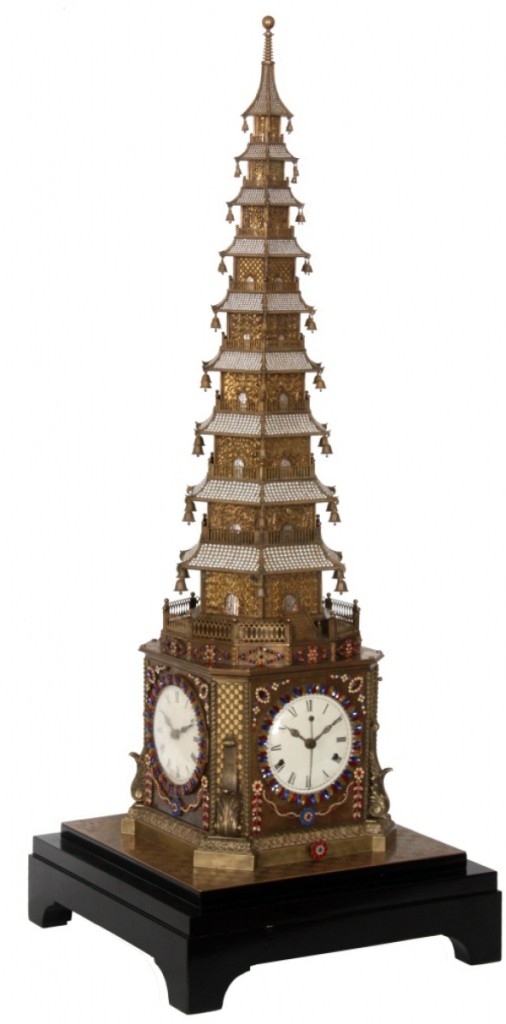
The star of the sale was this extremely rare bronze automaton musical clock in the form of a nine-tier pagoda, made in England during the Eighteenth Century for the Chinese imperial palace. Every two hours, the pagoda extends and retracts while playing a Chinese folk song. An American buyer paid $998,250 for it.
Review by Rick Russack, Photos by Fontaine’s Auction Gallery
PITTSFIELD, MASS. – A clock that brought almost $1 million led a strong sale at John Fontaine’s Auction Gallery on January 21. Other clocks brought five-figure prices and a selection of Renaissance and rococo revival furniture attracted numerous bidders. Accessories of the period, including Tiffany and Pairpoint lamps, Art Nouveau silver, ceramics and porcelains, did well. A marble sculpture by Bartelli brought nearly four times its estimate, and many other lots exceeded their estimates. The sale grossed $1,650,000. According to John Fontaine, counting the registered online bidders, left bids and bidders in the room, a total of 1,821 bidders participated in the auction.

Fontaine’s is a family-run business. On John Fontaine’s left is the office manager, his 22-year-old daughter Mia, with her daughter, and on his right is his son John, who is a full-time student working when he can.
Fontaine’s is a family business. John Fontaine’s parents were in the antiques business and his father conducted auctions. Forty-seven years ago, when John was 12, his father had him do some selling, and he’s been doing it ever since. John’s daughter Mia is the office manager, and son John, now in college, works at the gallery part time. The company runs about six sales a year. Bidding is available on three internet platforms, by phone and with absentee bids. About 100 bidders were in the room as the sale got underway, with an uncataloged group of about 75 items, billed as a “Discovery” sale. It included a number of tall case clocks, cylinder phonographs and Victorian furniture. Some of the clocks and phonographs needed work but prices were low. Topping this portion of the sale was a large glazed mahogany gothic bookcase with a marble top, bringing $787.
As expected, the top lot of the sale was a rare musical automaton clock made in England during the Eighteenth Century for the Chinese imperial court, which sold for $998,250. The bronze case of the clock is made in the form of a nine-tier octagonal pagoda, with floral decorations formed from multicolored paste stones. Each of the nine gabled roofs is decorated with six small hanging bells, which jingle as the automated tiers of the pagoda are set in motion every two hours. As the telescopic tower ascends, it plays the Chinese melody “Mo Li Hua (Jasmine Blossom),” and as it descends the music comes to an end. An eight-day double fusee movement drives the three painted dials, and a second fusee movement drives the automaton and musical movements. When the pagoda is extended to its full height, the clock is 50 inches tall. It strikes the quarter hour on two steel bells. It weighs approximately 100 pounds and is in working condition. Very few of these clocks are known and the maker has not yet been positively identified. Fontaine said the clock was sold to an American buyer.
The clock came from a New York estate, where it had been sitting in a basement for decades. How this clock came to be in America is not known. A post-doctoral thesis written in 2015 by Dr Paul Bevan, “The Pagoda Clock at Anglesey Abbey,” details his research on these and closely related clocks. He speculates that a number of exceptional clocks were looted from the Chinese imperial palace around the time of the Boxer Rebellion, about 1900, wound up in England and were sold at Roberson’s Knightsbridge auction gallery in the early 1920s. It is possible that this clock was part of that group but that fact has not been confirmed. A similar clock was exhibited at the Art Museum of Macaw, “Moments of Eternity,” 2004, and can be referenced in Timepieces in The Imperial Palace, Classics of The Forbidden City, Forbidden City Publishing House, 2008. The home page of Fontaine’s website has a video of the clock in motion, and the music can be heard.
.jpg)
In the form of a steam pump, this French animated clock had numerous gauges, pipes and levers with a flywheel governor on the right side. The moving parts were animated by a spring-driven mechanism with a separate spring-driven silk thread movement, with half-hour strike, for the clock. It brought $20,570.
Contacted after the sale, specialist clock dealer, scholar and author Gary Sullivan discussed the clock with Antiques and The Arts Weekly. “It’s an extraordinary clock and well worth the price,” said Sullivan. “It does things that were extraordinary in the Eighteenth Century, and mechanical clocks from that time period are not common. This is a very impressive piece. Remember, it’s more than 4 feet tall so it would attract attention wherever it was housed. The American buyer would have had to compete with Chinese buyers, and they are very actively working to repatriate works like this one. The Peabody Essex Museum displays some important Asian clocks and perhaps this one will someday be on display there.” Sullivan, along with Kate Van Winkle Keller, author of several books on early American music, has just completed research for two books on musical clocks that may be published later this year. Written for clock and furniture collectors, illustrating about 100 clocks, will be Musical Clocks of Early America: 1730-1830. The second book will be aimed at those interested in the music played on those clocks, and those restoring the musical movements
The sale included a number of other clocks, including an E. Howard #61 floor regulator with a 14-inch dial, which realized $66,550. The 96-inch-high clock was in a carved walnut case with a pediment crest, carved corners and carved base. A Joseph Jennen nine-tube grandfather clock in an oak case finished at $25,410, and a group of unusual skeleton clocks also did well. One, with a 7-1/2 inch brass five-spoke wheel and a 4-3/4 inch escape wheel, earned $1,815. It stood on four splayed legs and featured a large brass pendulum bob with an open center hanging from a steel rod. As Fontaine was selling a weight-driven 30-hour French skeleton clock, he said that it was the first one he had ever seen. The gear train was powered by two cylindrical brass-covered weights and a complex brass pulley and chain system. It was signed on the back plate “Aug te Moinau et Rolland Degrege” and numbered 16. It earned $5,445.
Fontaine’s sales usually include a selection of Victorian furniture. An 11-piece walnut Renaissance revival bedroom suite brought $9,075. It was in original condition and included a massive bed, mirrored marble top dresser, tall chest, two other marble top pieces, four chairs and towel rack. A serpentine, pierced and carved rosewood marble top etagere, 87 inches tall, by John Henry Belter realized $8,470. Heavily carved with roses and fruits hanging on the sides, it had some minor condition issues and sold to a phone bidder. A pair of laminated rosewood parlor armchairs with filigree carved crests and rope twist carving below, attributed to J.&J.W. Meeks, reached $6,050. Each had a pierced and carved back, curved arms with carved cabriole legs and roses carved on the seat rail. There were several other sets from the period along with some unusual upholstered pieces, including a Turkish-style love seat upholstered with vibrant amber, blue and red floral patterns, with padded and tufted curved back corners and tassels on the arm fronts. It exceeded Fontaine’s estimate, finishing at $2,420.
.jpg)
Fontaine said that there was more interest in this 34-inch marble statue of the Roman goddess Diana than any other item in the sale. It was signed by the Nineteenth Century Italian sculptor Rafaello Battelli. Five phone bidders competed with the internet, until bidding reached $19,360, nearly four times the estimate.
A 34-inch carved marble statue of Diana by Rafaello Battelli, a Nineteenth Century Italian sculptor, earned nearly four times its estimate, selling for $19,360. Fontaine said it had more presale interest than any other item in the sale. Five phone bidders competed. It depicted a semi-nude Diana, who, in Roman mythology, was the goddess of the hunt, the moon, fertility and nature, with a star in her hair, and was signed by the sculptor. Also popular with bidders and selling for more than four times the estimate was a large carved walnut wall mounted elk head with natural antlers. It included a brass tag indicating that it had been carved by H. Leach. Historic New England has a carte de visite trade card that indicates Leach advertised himself as a “sculptor in wood and fancy carver” with a Boston street address and dates of 1865-1872. Several phone bidders competed with the internet until one paid $6,050. It came from a barn in Weston, Mass., and Fontaine said, “The only reason it was still there was that it was hanging about 15 feet up on a wall of the barn where no one could reach it. It was covered in the dust of the ages.”
The sale included numerous decorative objects that would have been used in high-style homes of the late Nineteenth and early Twentieth Centuries, including lighting, porcelains and silver. A signed 12-inch Grueby matte green vase designed by George Kendrick attained $4,235. A three-color Pairpoint puffy rose table lamp achieved $9,378, and a reverse painted Pairpoint seagull table lamp signed by A. Fischer finished at $3,328. An unusual signed Tiffany Studios lamp with a leaded green and opalescent, jeweled glass globe, on a green art glass vase shaped base, was one of the few items to sell well under the estimate. It went out at $6,655, less than half the estimate, to a couple in the room who seemed to have come just for the lamp. An exceptional boxed porcelain tea service for two by Le Tallec earned $1,331. It included a 14-inch serving tray plus creamers, covered sugars, 8-inch plates and cups with saucers. It was decorated with two-tone matte and glossy gold filigree borders, had the Le Tallec mark, along with artist initials of A.M.
Prices reported include the buyer’s premium. For information, www.fontainesauction.com or 413-448-8922.

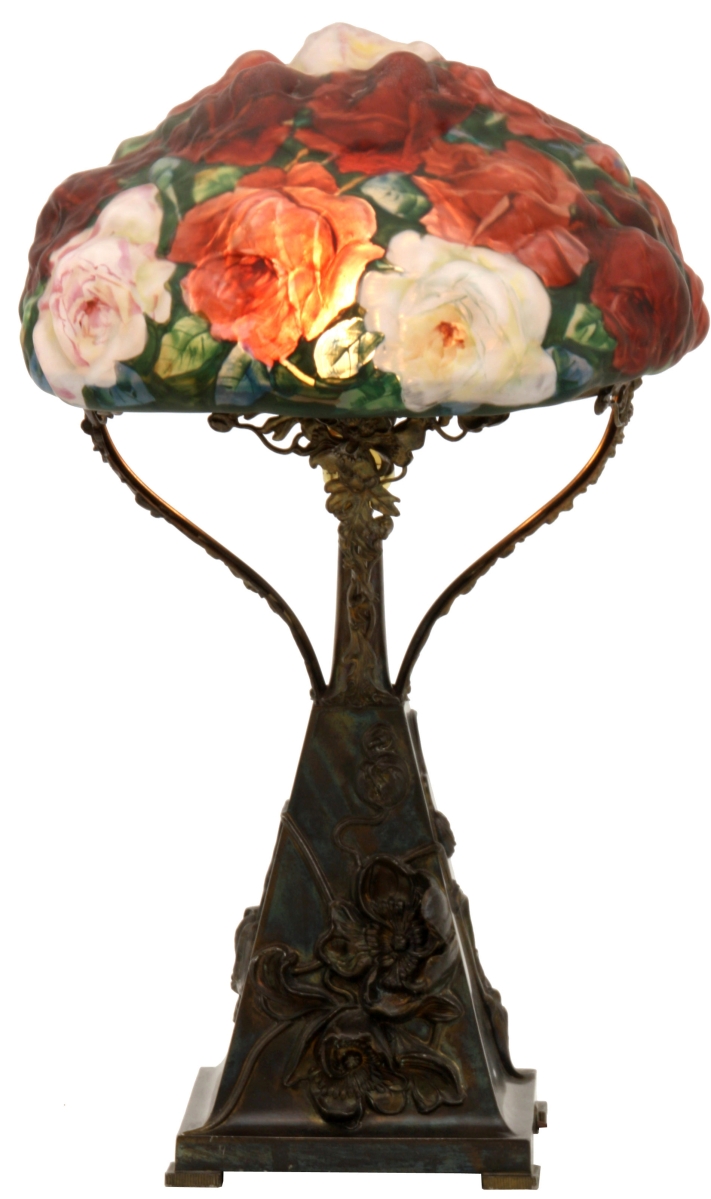
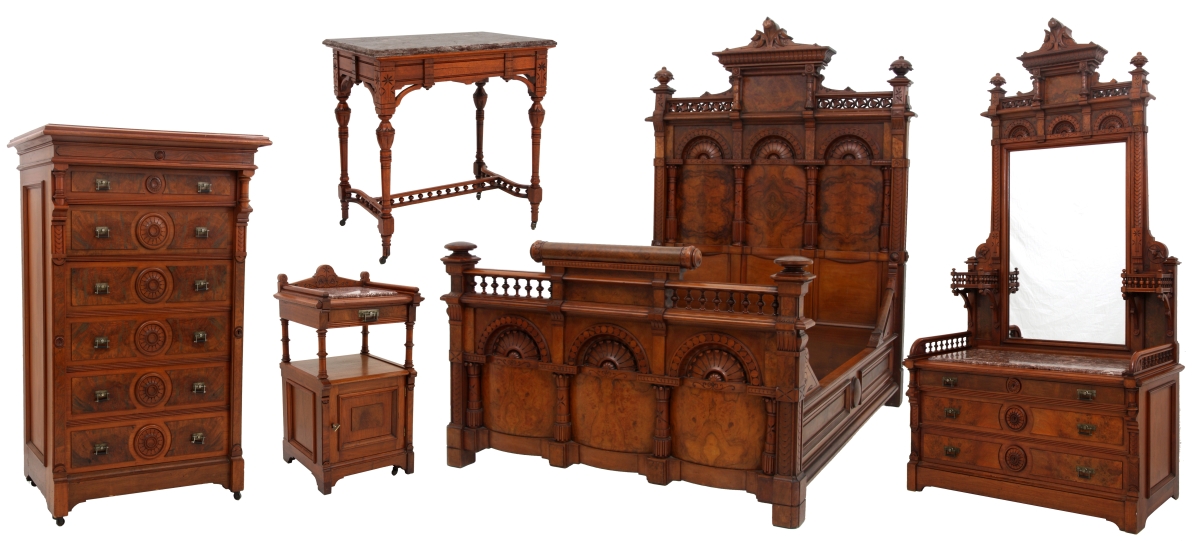
.jpg)
.jpg)
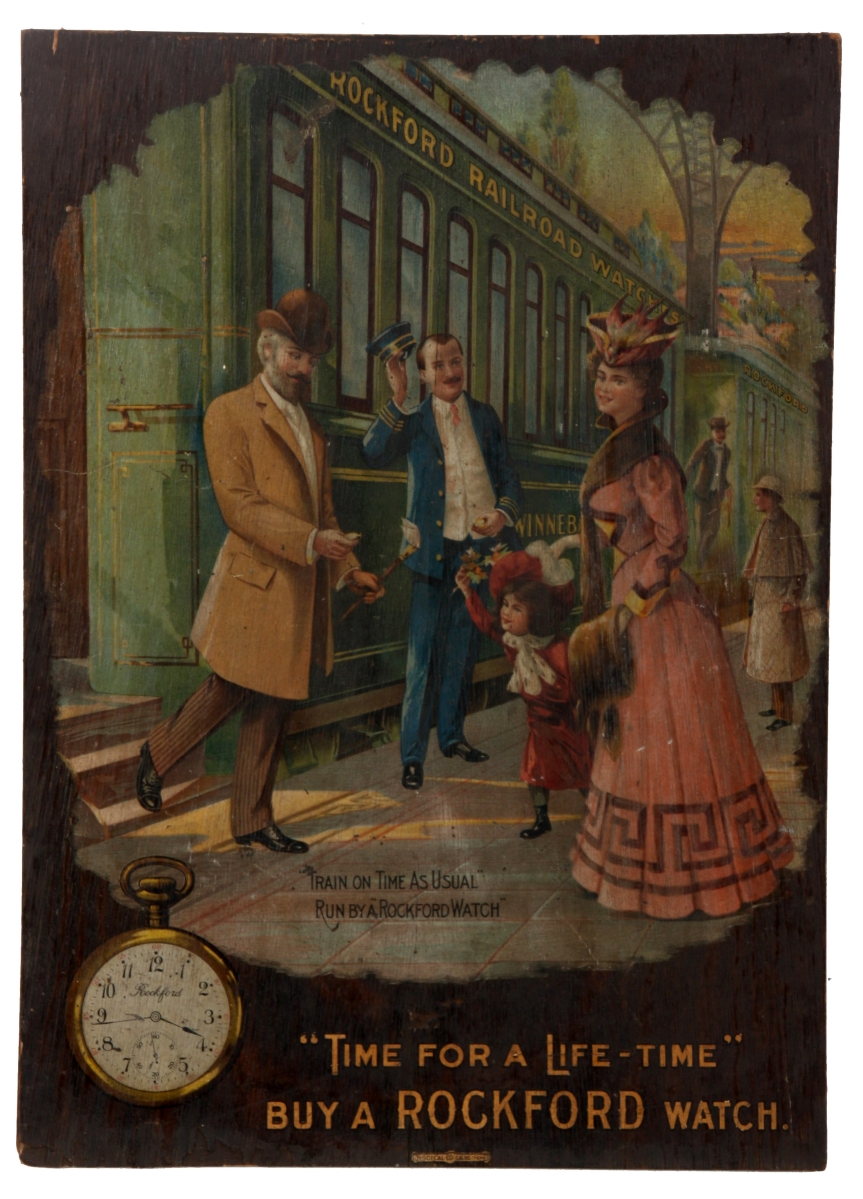
.jpg)
.jpg)
.jpg)
.jpg)
.jpg)
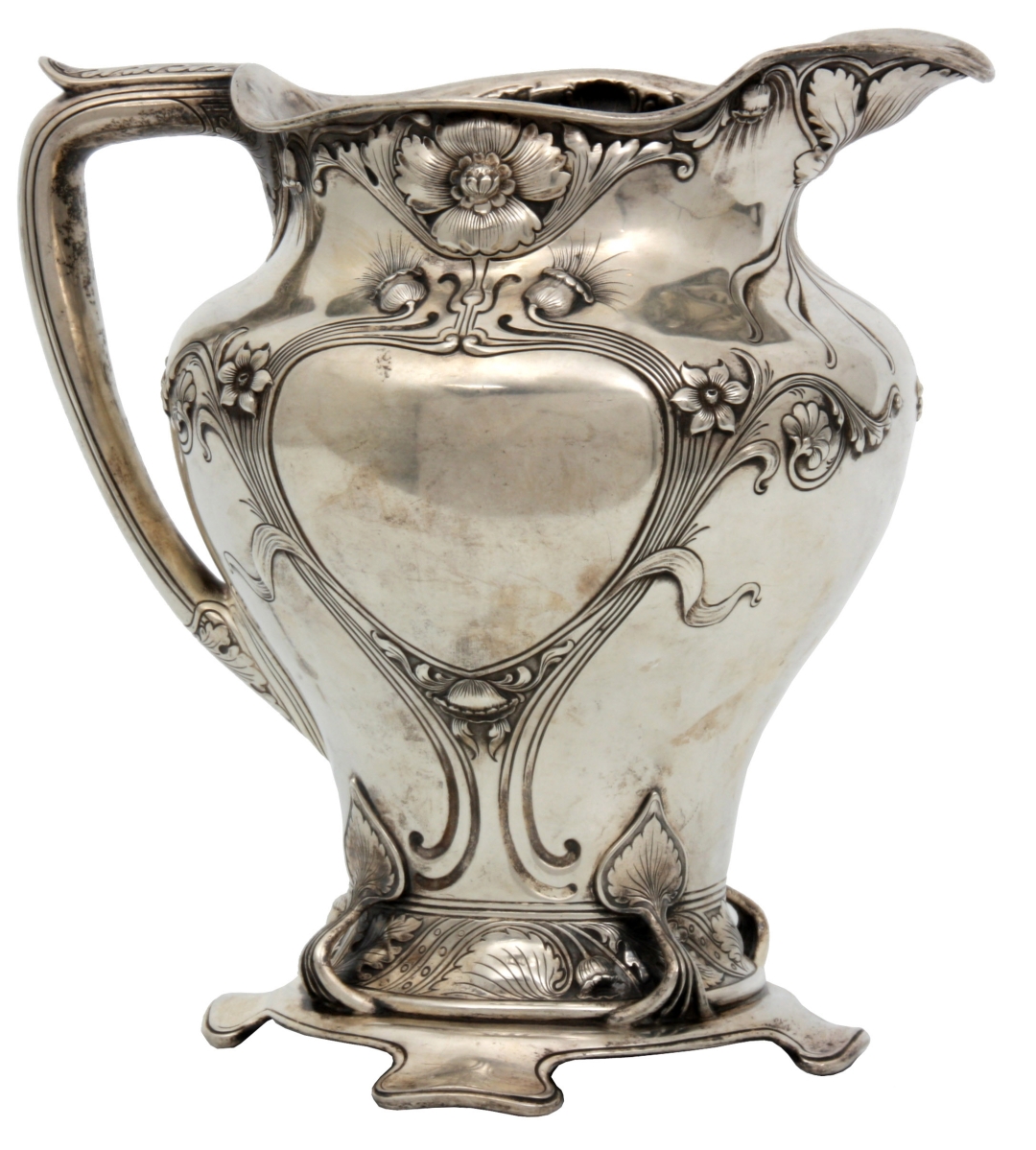
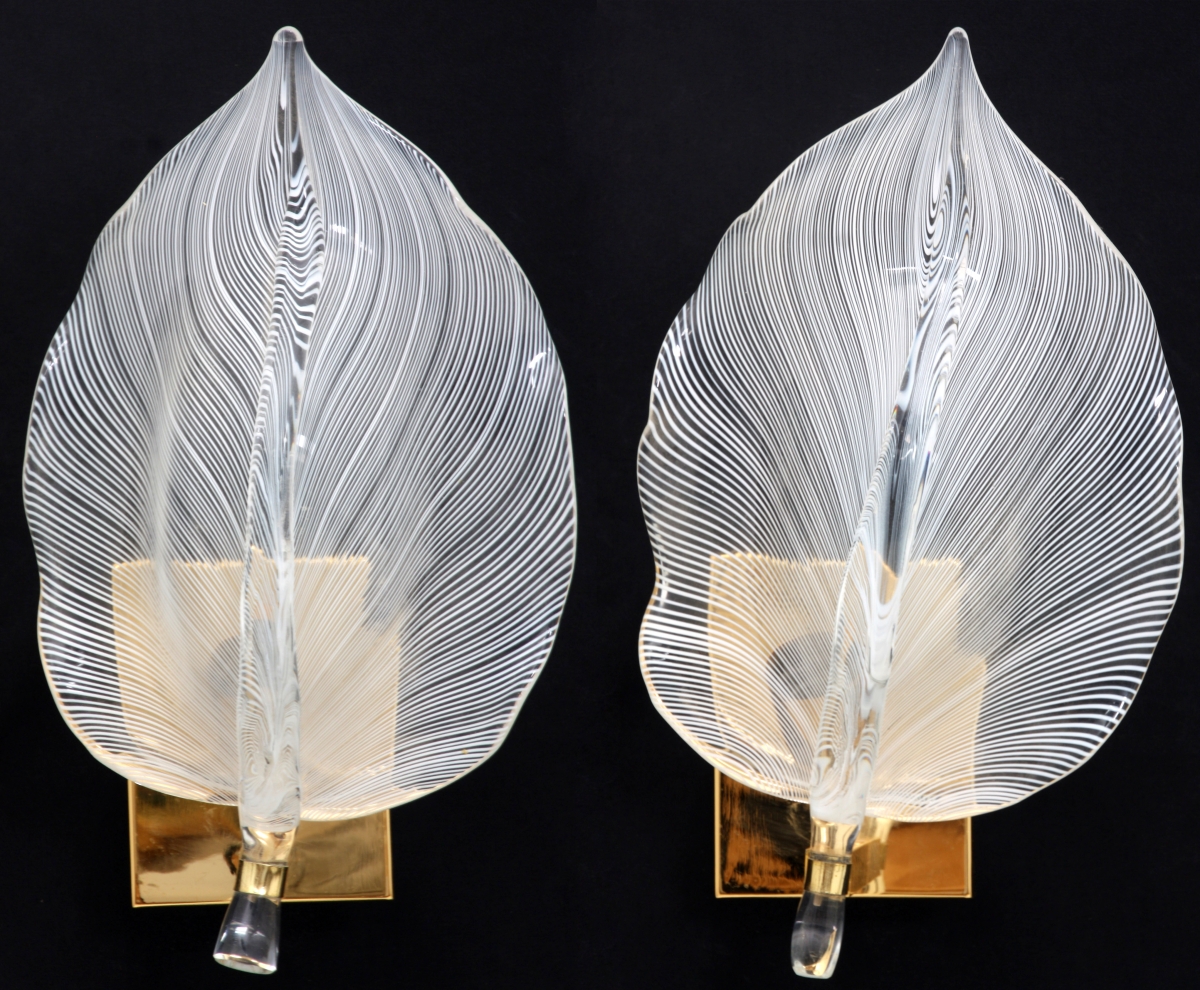
.jpg)
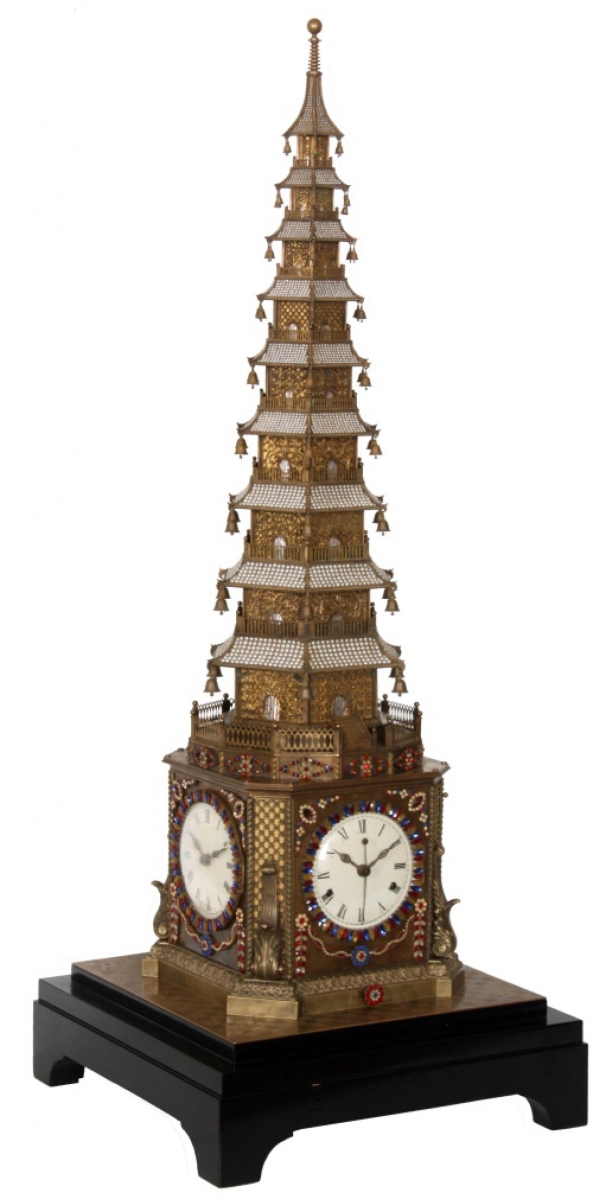
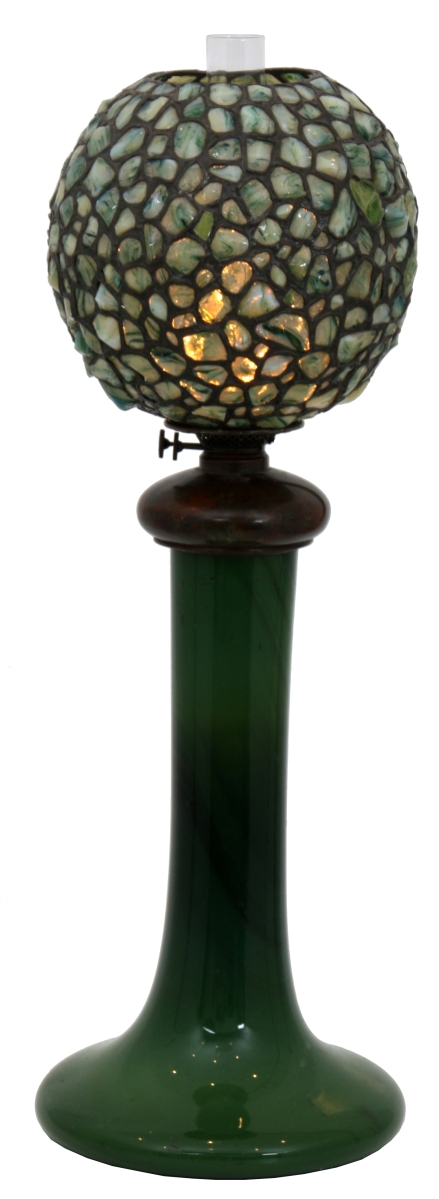
.jpg)
.jpg)
